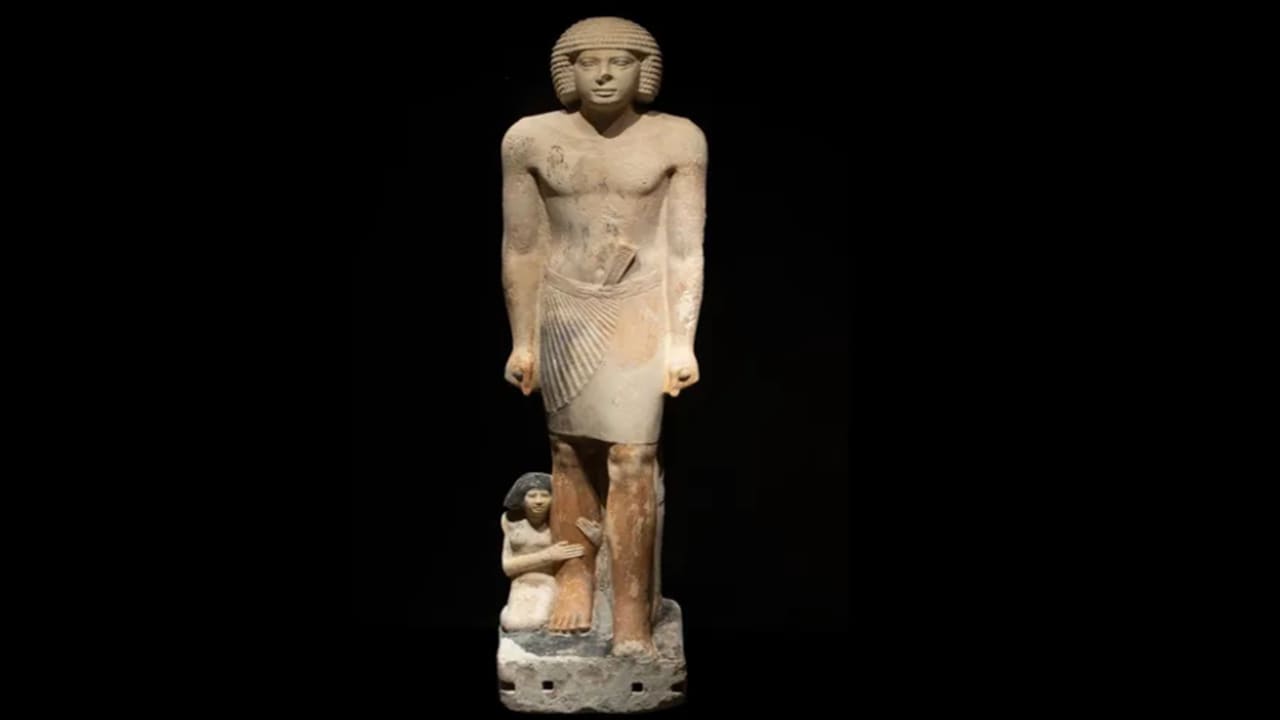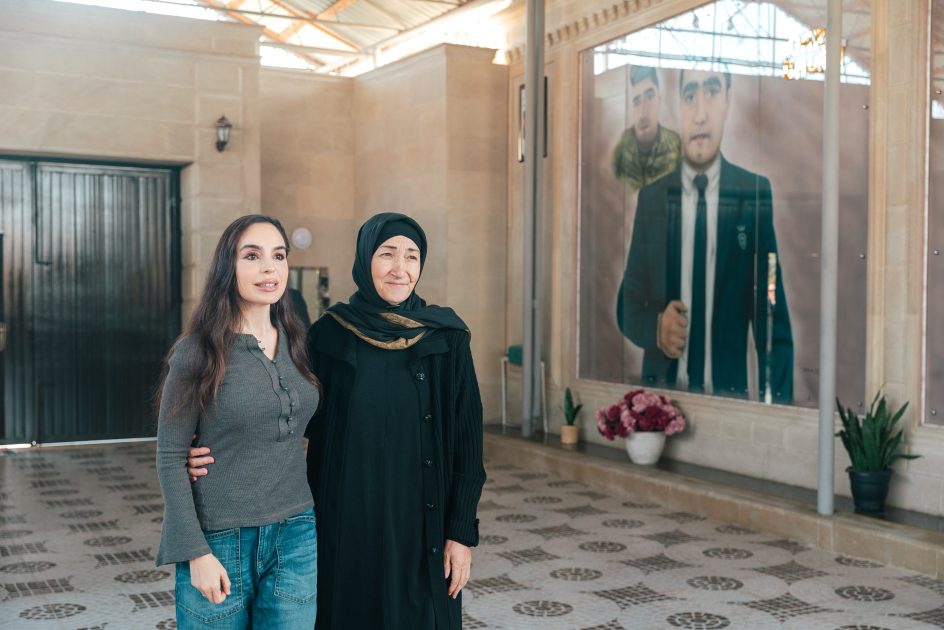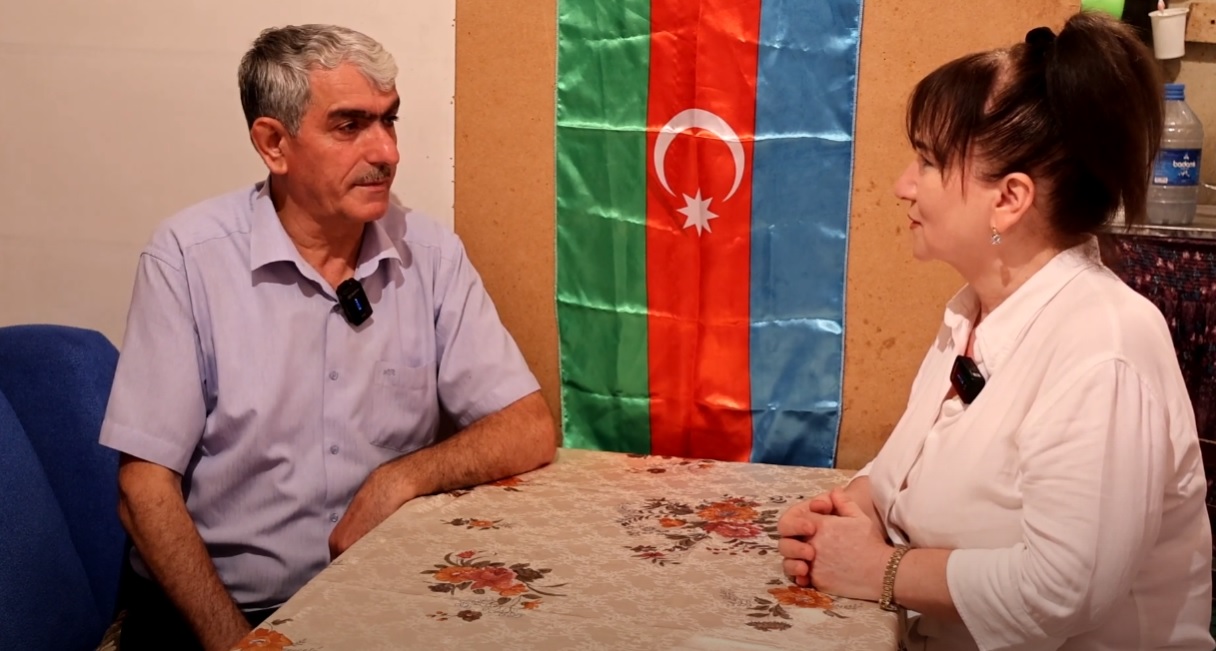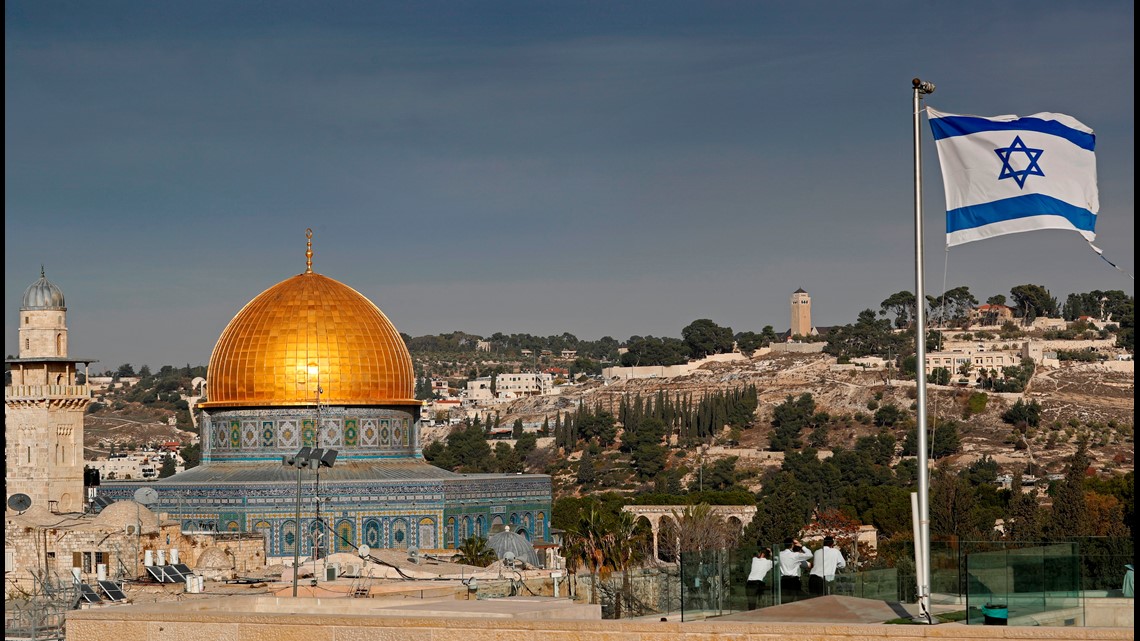ByJERUSALEM POST STAFF
A recent publication in The Journal of Egyptian Archaeology revealed an Old Kingdom limestone statue of a nobleman, possibly named Messi, formally published two years after its 2021 excavation at Saqqara.
The 1.03-meter work, carved from creamy local limestone, stood beside a ritual false door in a Fifth Dynasty tomb (circa 2465–2323 BCE). Former Egyptian antiquities minister Zahi Hawass led the study. “I found the statue hidden under the sand, and nearby was a false door inscribed with the name ‘Messi,’” said Hawass, according to ProTV News.
The composition shows the nobleman striding forward, a pose signifying strength. His wife kneels at his right leg in a gesture of devotion, while a smaller daughter appears in low relief behind his left calf, clutching a goose with its beak open. “It differs from other known family statues from the Old Kingdom because all the figures are sculpted in complete three-dimensionality, except for the daughter, who is presented in lower relief,” said Hawass, according to ProTV News. The varying scales reflect the ancient Egyptian convention of ranking social status through size.
Countdown to a Xi-Trump meeting at APEC: 4 things to knowSponsored by Nikkei Asia
No titles or epithets appear on the statue itself; the name Messi derives solely from the adjacent door. Co-author Sarah Abdoh of Benha University noted that positioning the group beside the door created a single ritual focus where offerings could nourish the spirits and symbolize family reunion in the afterlife.
Art historians quoted by Live Science called the fusion of full-round sculpture and relief almost unknown in Fifth Dynasty work, arguing that the piece sheds light on workshop experimentation and an emerging interest in domestic themes.
Saqqara served as a royal and elite cemetery for millennia. Fifth Dynasty kings still built pyramids near Memphis, but later rulers turned to hidden tombs in Thebes; the last royal pyramid dated to Ahmose I (circa 1550–1525 BCE).
Conservation and 3-D scanning of the statue are planned, yet the limestone family remains at Saqqara, poised at the threshold between worlds.
“I found the statue hidden under the sand, and nearby was a false door inscribed with the name ‘Messi,’” said Zahi Hawass.



.jpg)

















